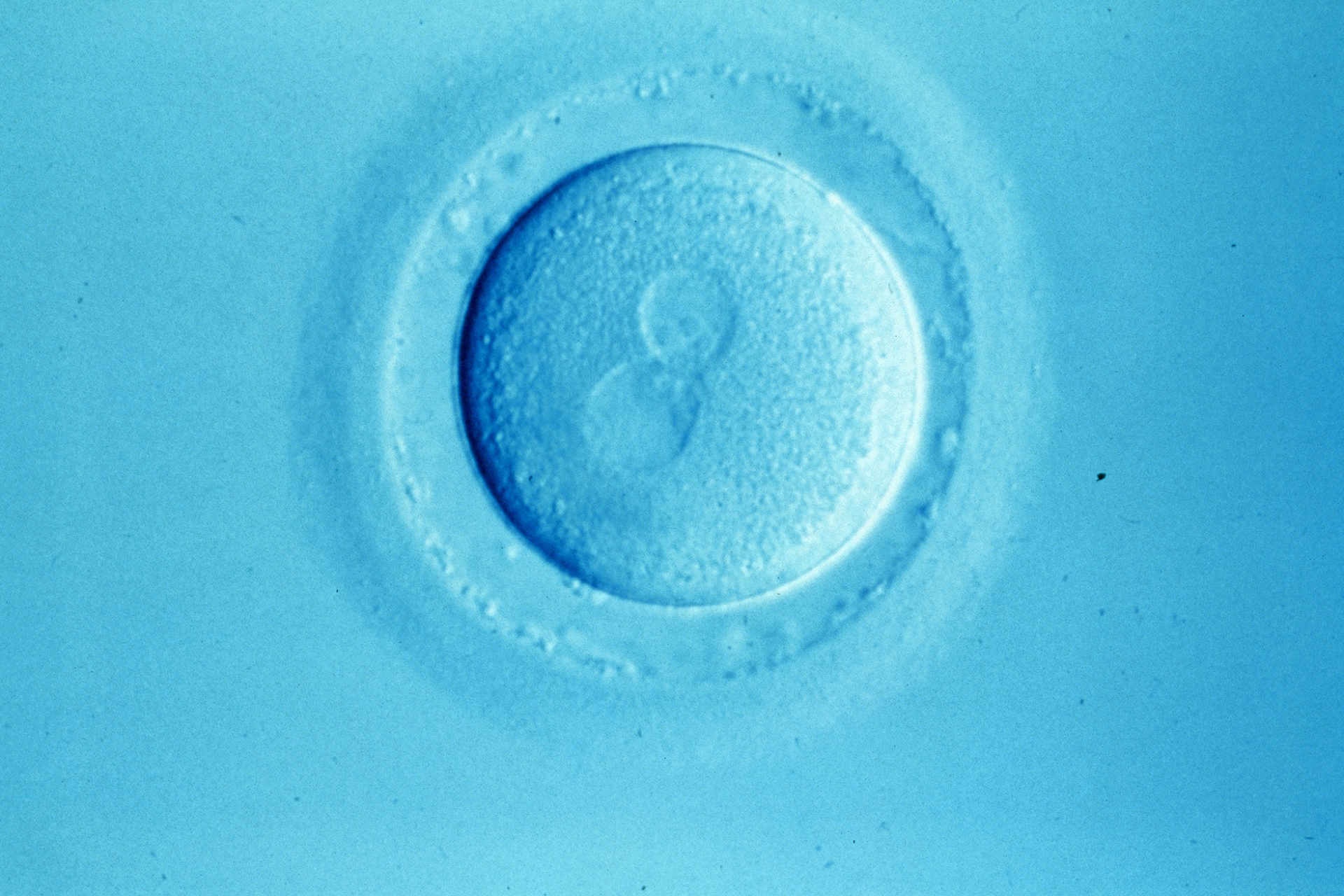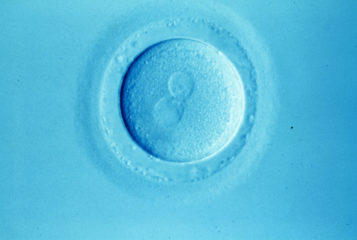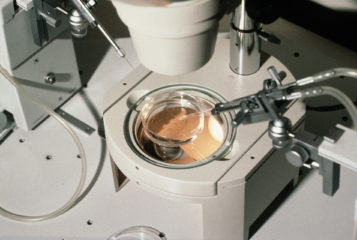Societal norms are changing. Men and women are choosing to delay having children for varied reasons including lack of an appropriate partner, career progression and a desire for financial security. This trend results in an increasing age of first and subsequent births in the general population. As female fertility begins an inexorable decline from 31 years, delaying the attempt to start a family leads to increasing demands on fertility clinics.
In considering the concept of fertility preservation, there is profound sexual dimorphism. Men start to produce sperm at puberty and then produce sperm until the day they die. Hence, a man can freeze his sperm at any time from puberty and that frozen sperm can be used at a later date.
Women, on the other hand, are born with all the eggs they will ever have; on average this is about half a million. However, by the time they get to puberty, approximately two-thirds of these eggs have been lost; by the time women are 30 years old, they are down to their last ten percent and eventually become menopausal when they are down to approximately 1000 eggs.
This is just the egg count. Human biology dictates that as the eggs get older, when meiosis resumes, non-dysjunction is more likely to occur, which is the failure of paired chromosomes to separate during cell division, and results in a greater proportion of eggs with errors in chromosome number, such as trisomy 21 (Down's syndrome) and trisomy 18 (Edward's syndrome).
This phenomenon increases modestly from around 25 years old to about 32 years old; the rate of rise then increases until around 36 years old, and that rate increases exponentially thereafter. Hence, given appropriate technology, a woman only has a finite window in which she might freeze 'good' quality eggs. Importantly, technical advances in vitrification, which is a freezing technology that involves rapid cooling, has led to improvements in survival and competency of vitrified oocytes in the past decade means that pregnancy and live birth rates from vitrified oocytes are now comparable with fresh oocytes.
In the UK, the Human Fertilisation and Embryology Act (HFE) 1990 allows women who are considered to be at risk of becoming 'prematurely infertile' to freeze their eggs for up to 55 years. However, for women without this risk, including those wishing to freeze their eggs for 'elective' reasons, the mandatory time-limit is ten years. The HFE Act does not provide a definition of 'premature infertility'. When the act was passed, oocyte vitrification was not a viable option for fertility preservation. Given the technical and clinical advances, it seems to us that there is no obvious reason – and certainly no reason is apparent in the Act – as to why a distinction should be made between women deemed at risk of 'premature infertility' and women who wish to freeze their oocytes for 'elective' reasons.
A consequence of this time limit is that a woman who was wise enough to freeze her eggs as a precaution when young (say 26 years old, when the egg quality should be at its highest), following considered advice and reflection, faces the agonising decision of what to do with those eggs at the end of the storage period, in this instance at 36 years old, regardless of whether or not she has a partner. In order to comply with the law, she must either use them to create embryos (with or without a partner) or dispose of the eggs – which are younger and healthier than any egg remaining in her own ovaries. This cannot be deemed a sensible situation and is in essence an artificial problem arising as an unintended effect of current legislation.
It is important to appreciate that the present mandatory time limit has no scientific basis in what we know about gamete (and indeed embryo) cryopreservation. Further, a growing body of opinion considers that this discriminates against women who freeze their eggs for elective reasons. Indeed, Baroness Ruth Deech, former chair of the Human Fertilisation and Embryology Authority (HFEA), has sought to bring about legislative change to address it.
With this in mind, the British Fertility Society (BFS) and the Association of Reproductive and Clinical Scientists (ARCS) canvassed their members to determine the views of professionals working in the field on the current ten-year storage limit. Of the 92 respondents, the overwhelming majority, 94 percent, thought that patients should be allowed to store their gametes either until they had completed their families (57 percent) or for a longer fixed term (37 percent). Of those who thought it should be a longer fixed term, 37 percent thought it should be 20 years, 23 percent thought it should be 30 years and 24 percent thought it should be 55 years.
When asked what criteria should be used to determine the maximum storage period, 36 percent felt that storage up to the age of 'natural' menopause was appropriate (i.e. around 50 years old), while 45 percent were of the view that storage should be allowed until the patient decides that she has completed her family.
Hence, the clear view of respondents from UK professionals working in the field of fertility is that the current mandatory maximum storage period of ten years is too short. We hope that these views will be taken into consideration when parliament takes up this matter again. The time has come to correct this clear inequity in the law.
Please read, sign and and share the Progress Educational Trust's #ExtendTheLimit petition, calling for an extension to the 10-year storage limit for eggs frozen for non-medical reasons.
If possible, please post a comment when you sign (you need to be logged in to Change.org to do this but creating an account is easy), as comments by signatories help to add weight and appeal to the petition.
Please also respond online to the UK Government's public consultation on this issue, before the consulation closes on 5 May 2020.
Sources and References
-
Human Fertilisation and Embryology Act 1990
-
Clinical outcomes of a vitrified donor oocyte programme: A single UK centre experience
-
Oocyte development, meiosis and aneuploidy
-
Human ovarian reserve from conception to the menopause
-
The variability of female reproductive ageing
-
Elective egg freezing and its underlying socio-demography: a binational analysis with global implications
-
Reasons for delaying childbearing--a survey of women aged over 35 years seeking assisted reproductive technology.





Leave a Reply
You must be logged in to post a comment.